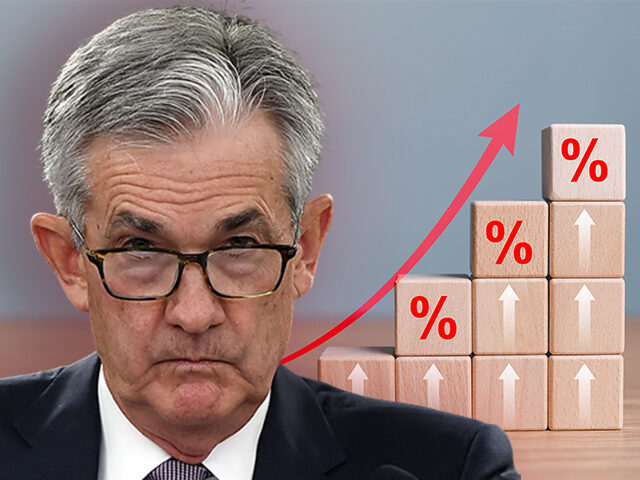The Labor Market Is Still Overheated
The headline jobs number for June came in a bit below expectations, but the details suggest inflationary pressures persist.
The Department of Labor said that employers added 209,000 workers to payrolls in June, missing expectations for 230,000. In truth, many analysts were expecting an even higher number than the official consensus figure after ADP reported shockingly high payroll growth.
The gap between the ADP estimate and the Department of Labor estimate is even starker if we look only at the private sector. According to the Department of Labor’s estimate, private sector employment grew by just 149,000. ADP had the private sector at 497,000. Leisure and hospitality added just 21,000 by the government’s count, while ADP said employers added 232,000.
Construction businesses added 97,000 jobs in June, according to ADP. Labor says it was just 23,000, exactly what it was a month earlier. ADP said manufacturing employment fell by 42,000 while Labor says it grew by 7,000.
The ADP estimate no longer attempts to mirror the Department of Labor figures. ADP says that it is now an independent source of labor market data. But the enormous gaps are a reminder that even the “hard” data on the economy is always just an estimate. Not only is the map not the same as the territory, it can be impossible to tell in real-time which map is correct.
The Department of Labor’s figures for past months were revised down by 110,000 jobs. The April figure was slashed from 294,000 to 217,000 and the May figure from 339,000 to 306,000. Both still indicate a hot labor market but not quite as hot as it seemed with the earlier estimates.
With the revisions in view, the June figure seems more in line with the trend of a strong labor market that is slightly slowing. Importantly, we are continuing to grow payrolls faster than population growth. So, even though hiring is slowing, the labor market remains very tight. The unemployment rate fell back to 3.6 percent even as the labor force participation rate held steady for the fourth consecutive month at 62.6 percent.
It is striking that the construction industry has only shed jobs in one month, according to the Department of Labor’s estimates. For a slice of the economy that is supposed to be highly sensitive to rate changes, this is surprising. How can the Federal Reserve be confident its interest rate hikes will cool off demand for labor more broadly when it cannot even engineer a lasting slowdown in hiring builders?

Wages Are Probably Rising Faster Than Inflation
One of the things that made the era of Bidenflation so punishing to American households is the fact that prices rose more than wages for many workers. From April of 2021 through April of this year, average hourly wages rose by less than the consumer price index (CPI). This was a record-breaking loss of real income for American workers.

That appears to be changing. In May, average hourly wages rose by 0.4 percent, easily outpacing the 0.1 percent rise in the consumer price index. Compared with a year ago, average hourly earnings were up 4.4 percent in May, above the four percent rise in CPI. In June, wages rose another 0.4 percent for the month and 4.4 percent year over year. We do not get June CPI until next week, but the Federal Reserve Bank of Cleveland’s real-time inflation tracker has CPI up 0.4 percent for the month and 3.22 percent year over year.
While that is good news for workers and potentially for the Biden administration’s approval rating, the Fed is likely to view this rate of wage growth as inconsistent with its target of two percent inflation as measured by the personal consumption expenditure price index. It is also notable that the average workweek increased in June, suggesting a rising demand for labor. In short, the workweek and wages increases are likely enough to lock-in a rate hike at the end-of-the-month Federal Open Market Committee meeting and tilt the balance in favor of another rate hike in September.

COMMENTS
Please let us know if you're having issues with commenting.